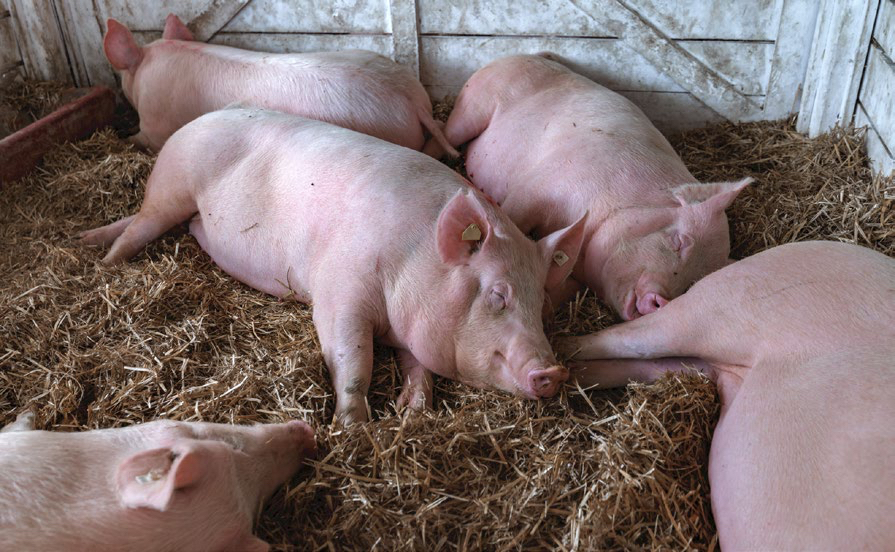 01 Sep 2022
01 Sep 2022
Dietary fiber (DF) supplementation during gestation has been shown to improve the reproductive performance of sows. Many studies have shown improvements in: embryo survival, litter size and weight, as well as the uniformity of piglets within the litter (Guillemet R, Hamard A, Quesnel., et. al 2007). However, most of these studies have only evaluated the inclusion effects of DF on sows’ reproductive performance, while very few have evaluated the mechanisms through which DF supplementation improves sows’ fertility.
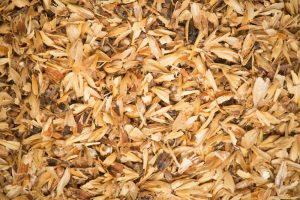
A recent study showed that DF supplementation during gestation for three consecutive gestating periods could improve litter size and weight. As well as increasing placental weight in the second and third gestation periods (Li Y, He J, Zhang L, Liu H., et. al 2021). The placenta is an important organ for material exchange between the fetus and mother. Placenta insufficiency is a common cause that leads to low litter size, birth weight, and uniformity of piglets within litter. It is suggested that DF supplementation during gestation might improve sow reproductive performance through the improvement of placental development and function. However, it is still unclear how the DF affects placental development and function in sows.
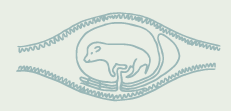
Serotonin known as 5-hydroxytryptamine (5-HT), is mainly produced in the gut by enterochromaffin cells (ECs) and is a key neurotransmitter. It participates in the modulation of central neurotransmission and enteric physiological functions (Mawe GM., et. al, 2013), being Tryptophan its sole precursor. Within the gut, tryptophan is first converted to 5 hydroxytroptophan (5-HTP) by tryptophan hydroxylase 1 (TPH1), and is then subsequently converted into serotonin by the aromatic amino acid decarboxylase (AAAD). (O’Mahony SM, Clarke G, Borre., et. al, 2015).
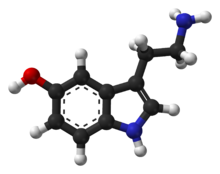
Gut-derived serotonin can be transported through a serotonin transporter (SERT) to different parts of the organism, such as the placenta where it regulates various functions. Previous research studies have shown that the lack of maternal serotonin can reduce placental serotonin levels, resulting in placental insufficiency, and the inhibition of fetal growth and development (Muller CL., et. al 2017). Zhuo et al. (Zhuo Y, Cao M, Gong., et. al, 2020) demonstrated that DF supplementation could promote colonic serotonin synthesis and increase plasmatic serotonin levels in sows.
Researchers hypothesized that DF supplementation might promote placental development and function through a maternal–placental serotonin signaling pathway, which can improve fetal growth and development in gestating sows.
Figure 1. The role of dietary fiber in regulating serotonin signaling pathway and placental and fetal development in gestating sows
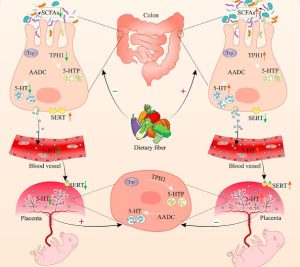
Source: “(Li Yang, Yang Min, Zhang Lijia., et al 2022) Frontiers in Veterinary Science.”
The study
The aim of the present study was to investigate the effects of fiber supplementation in gestation diets. Evaluating parameters such as: fetal growth, placental development and function, as well as serotonin signaling pathways, in order to explore possible mechanisms through which dietary fiber may improve sows’ reproductive performance.
Materials and Methods
A total of 16 First-Time Large White × Landrace sows were randomly assigned to two groups and fed either a semi-purified basal diet [no fiber group, 0.1% total dietary fiber] or a basal diet supplemented with 8.33 g/kg inulin and 200 g/kg cellulose [fiber group] during gestation. On the 106th day of gestation, five sows per group were chosen and sacrificed for sampling.
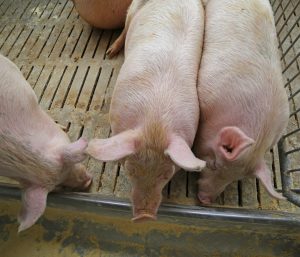
Results
Conclusions
In conclusion, dietary fiber supplementation during gestation can increase placental serotonin levels by promoting maternal serotonin synthesis in the colon and its transport to the placenta. This improves placental development and function which will subsequently promote fetal growth.
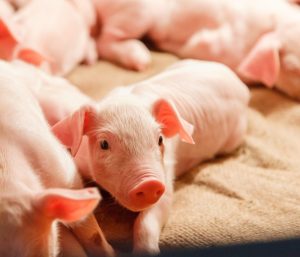
Source: Abstract taken and modified from“Dietary Fiber Supplementation in Gestating Sow Diet Improved Fetal Growth and Placental Development and Function Through Serotonin Signaling Pathway.”
Subscribe now to the technical magazine of animal nutrition
AUTHORS
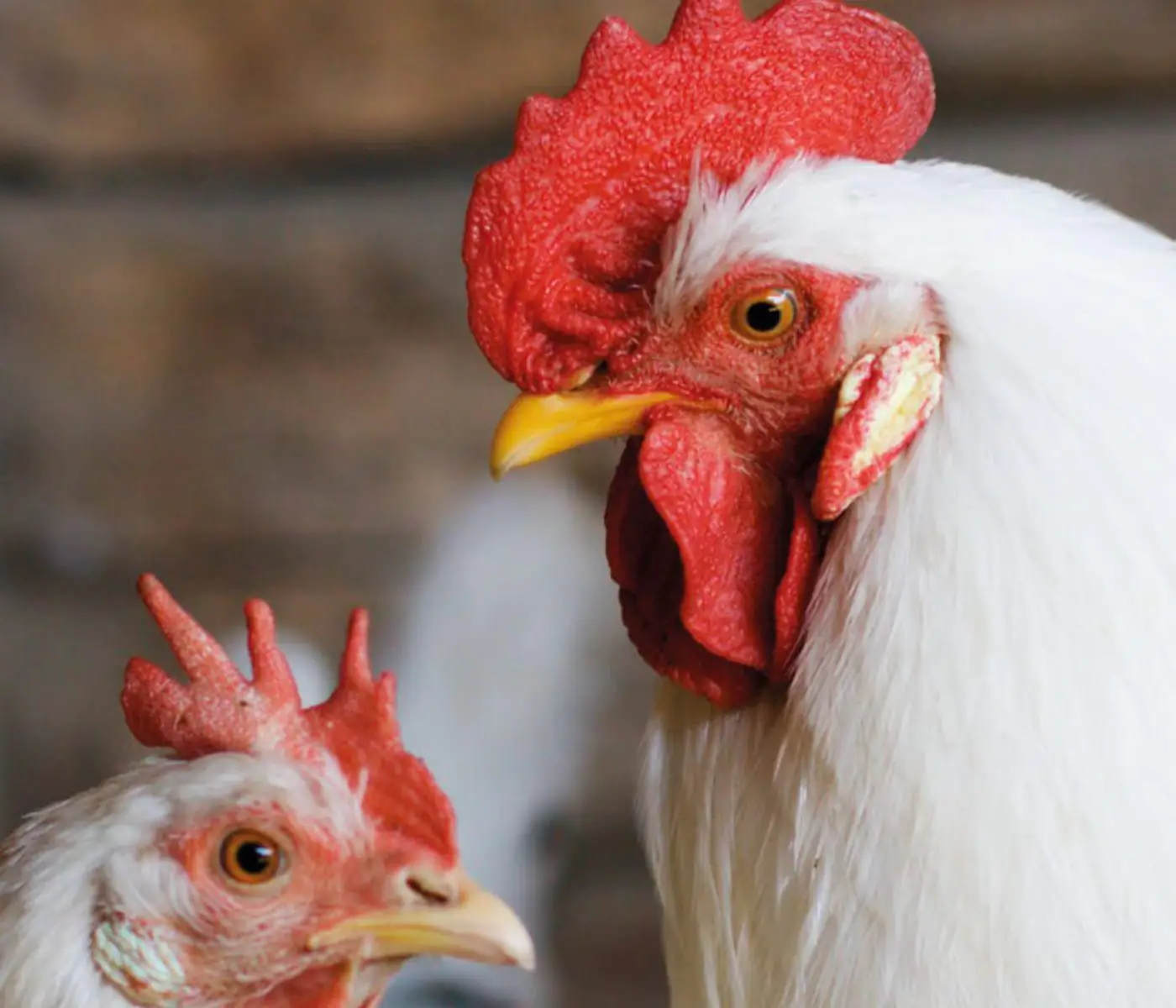
Nutritional Interventions to Improve Fertility in Male Broiler Breeders
Edgar O. Oviedo Rondón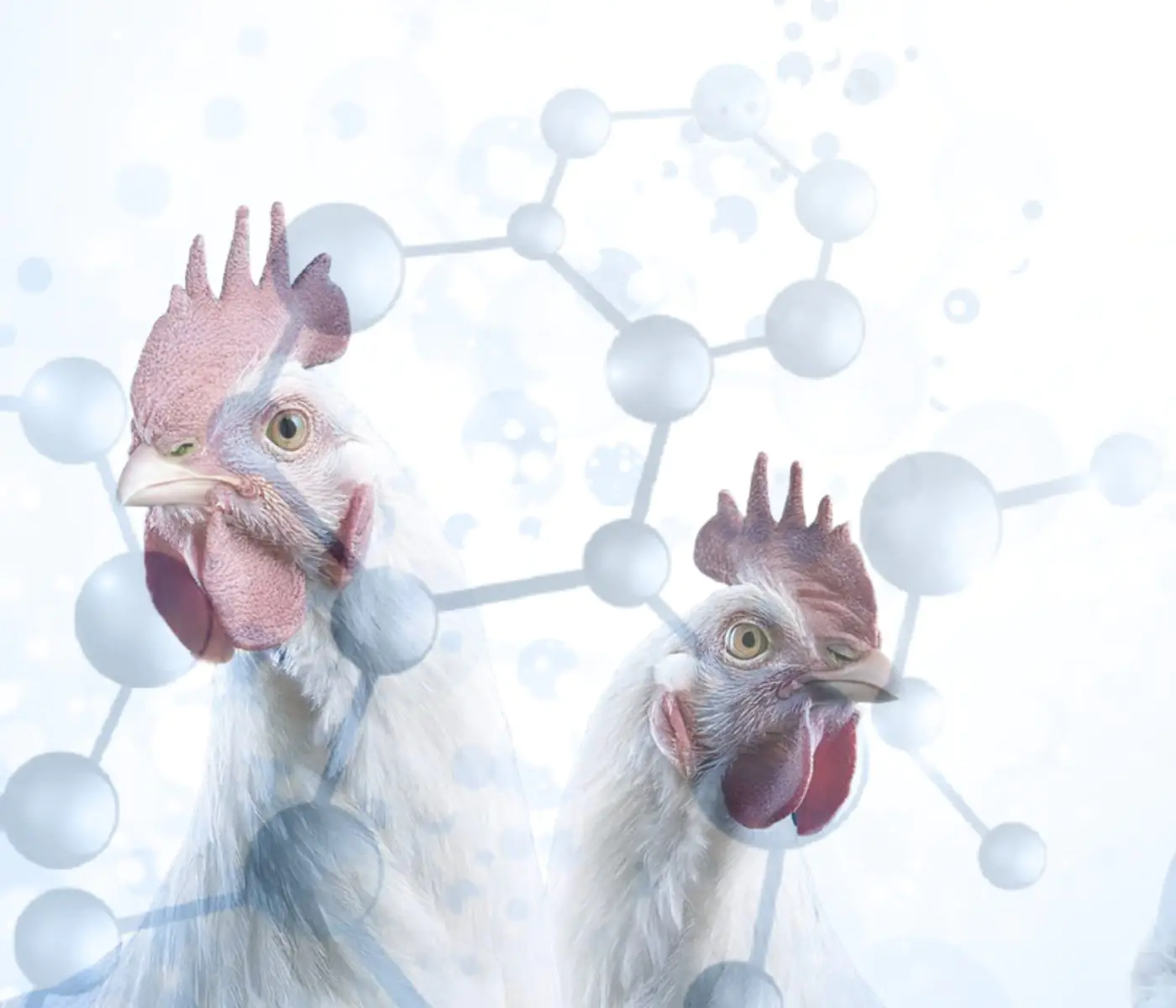
The Use of Organic Acids in Poultry: A Natural Path to Health and Productivity
M. Naeem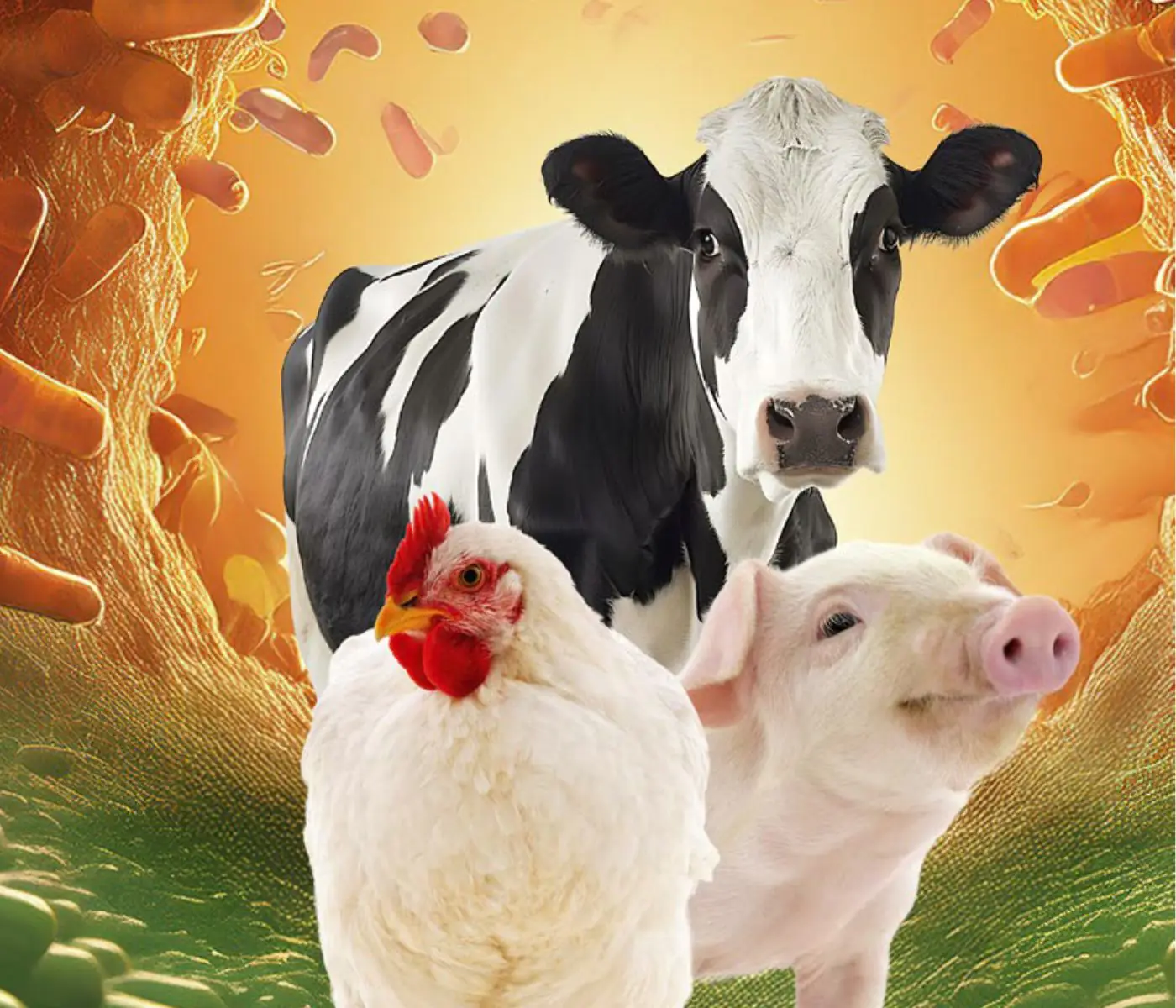
Synergistic Benefits of Prebiotics and Probiotics in Poultry, Swine, and Cattle
Gustavo Adolfo Quintana-Ospina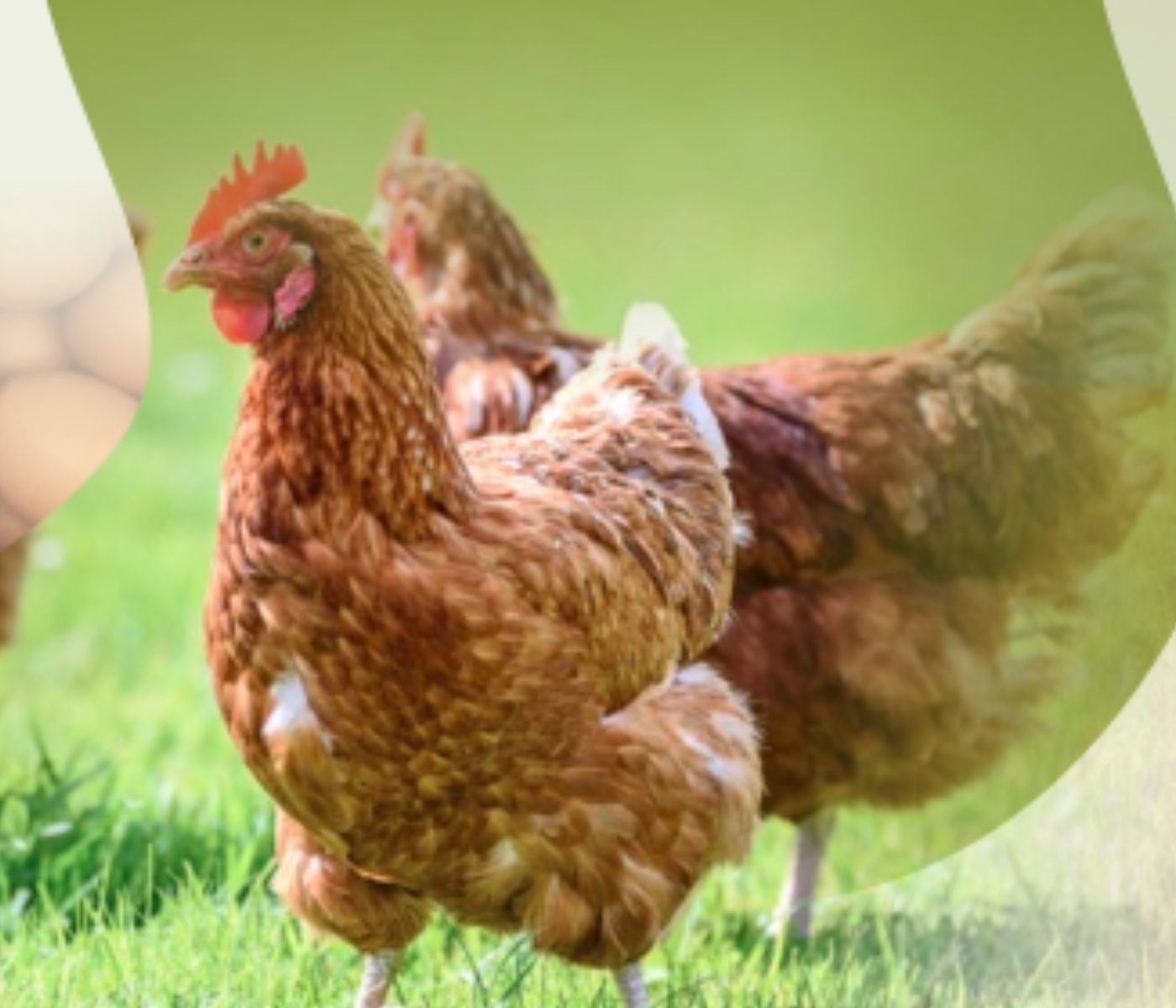
Hybrid Rye Potential in Laying Hen Feed Rations
Gwendolyn Jones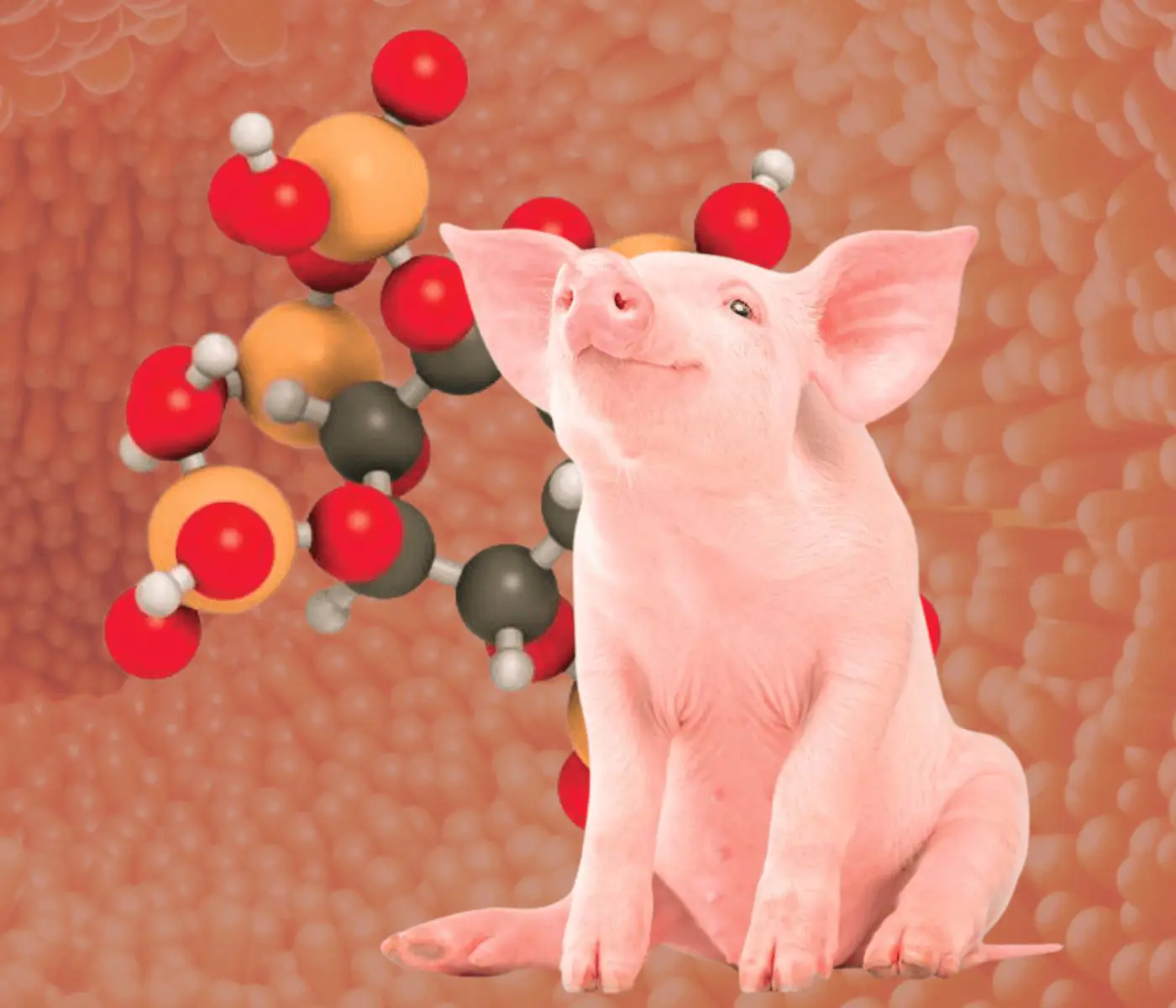
A day in the life of phosphorus in pigs: Part I
Rafael Duran Giménez-Rico
Use of enzymes in diets for ruminants
Braulio de la Calle Campos
Minerals and Hoof Health in the Pregnant Sow
Juan Gabriel Espino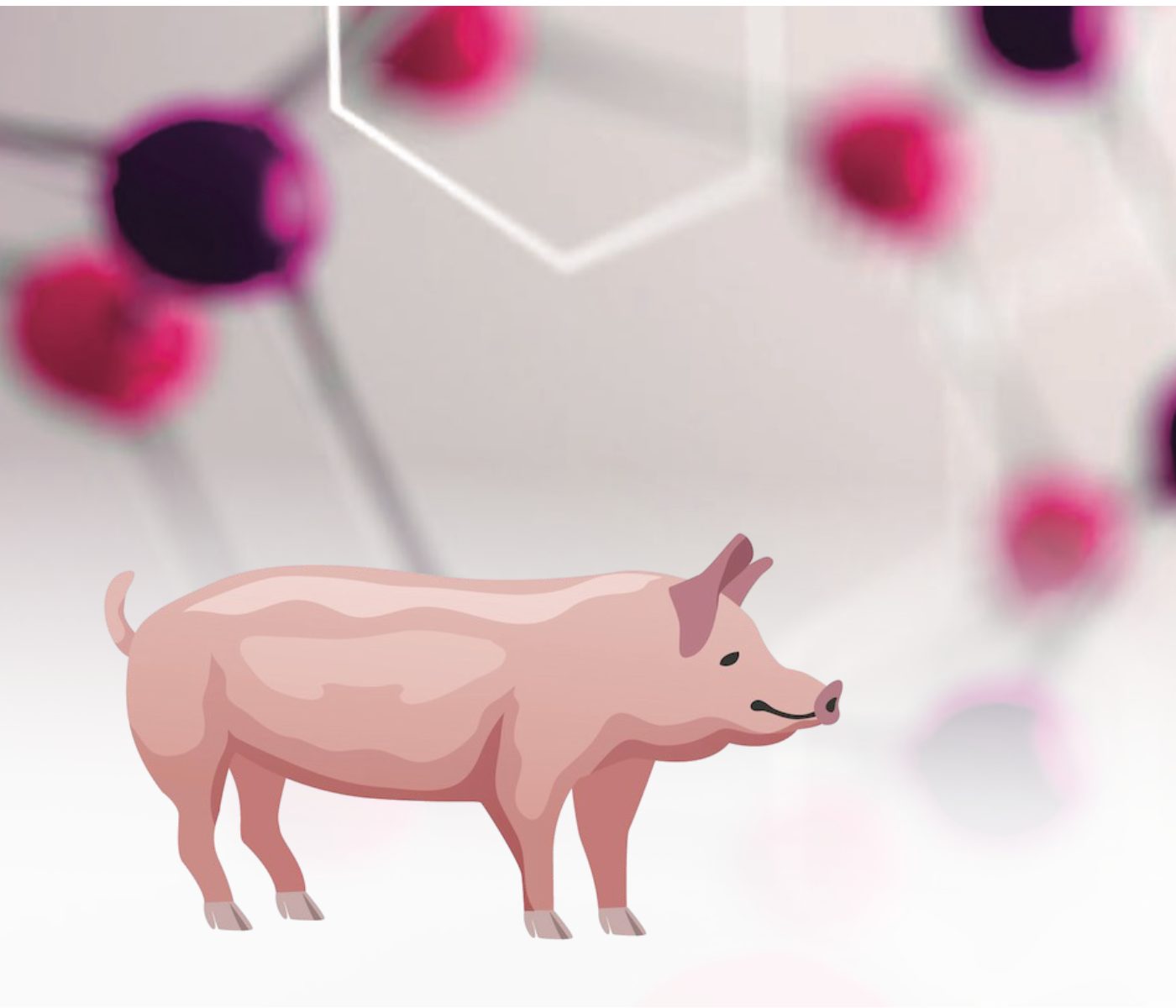
Impact of Oxidized Fats on Swine Reproduction and Offspring
Maria Alejandra Perez Alvarado